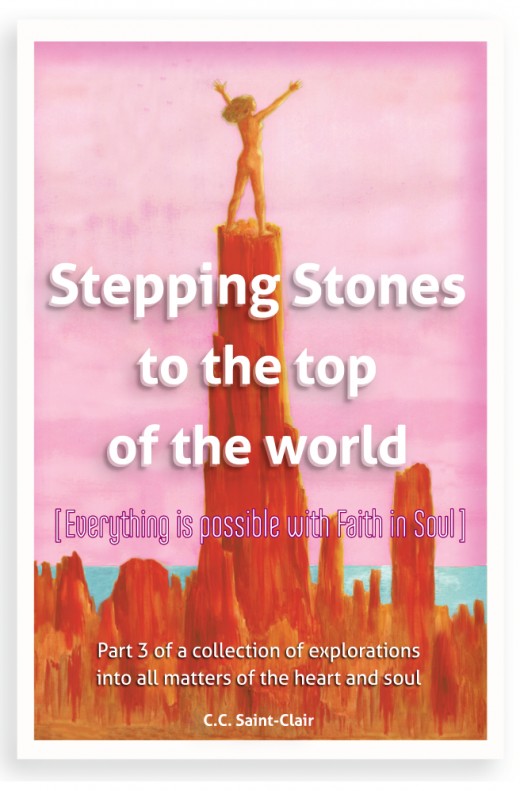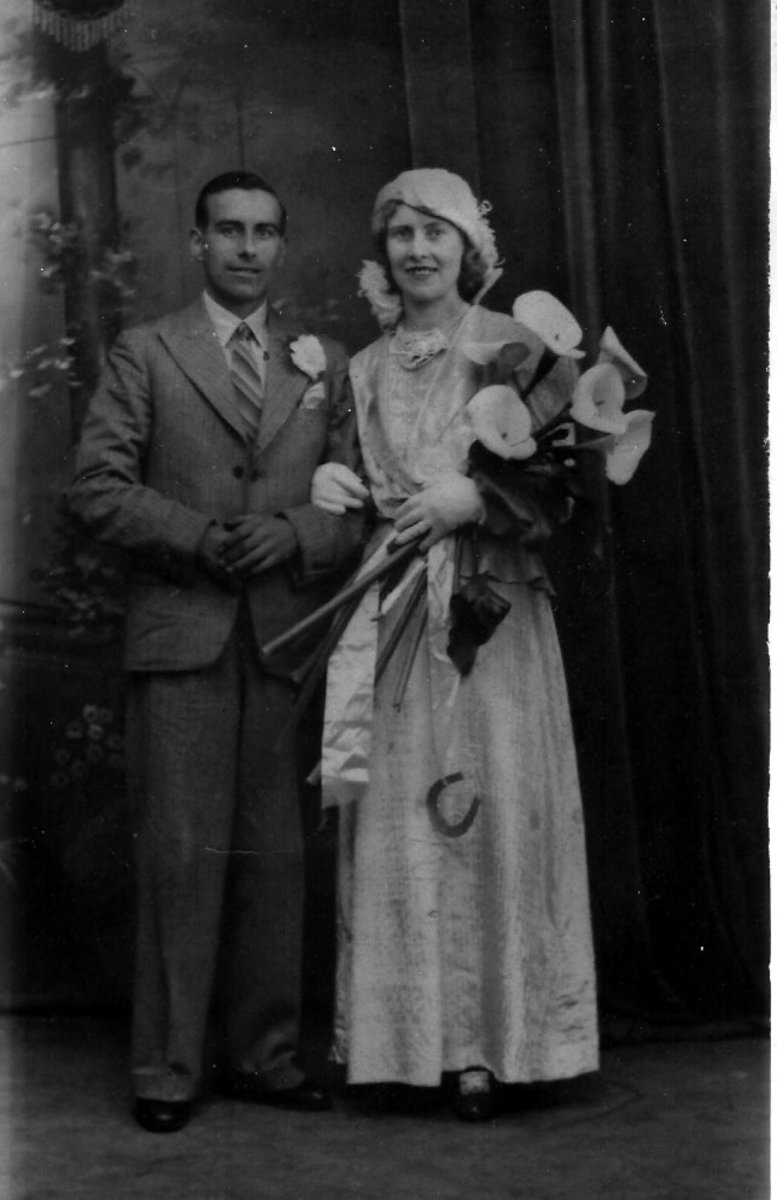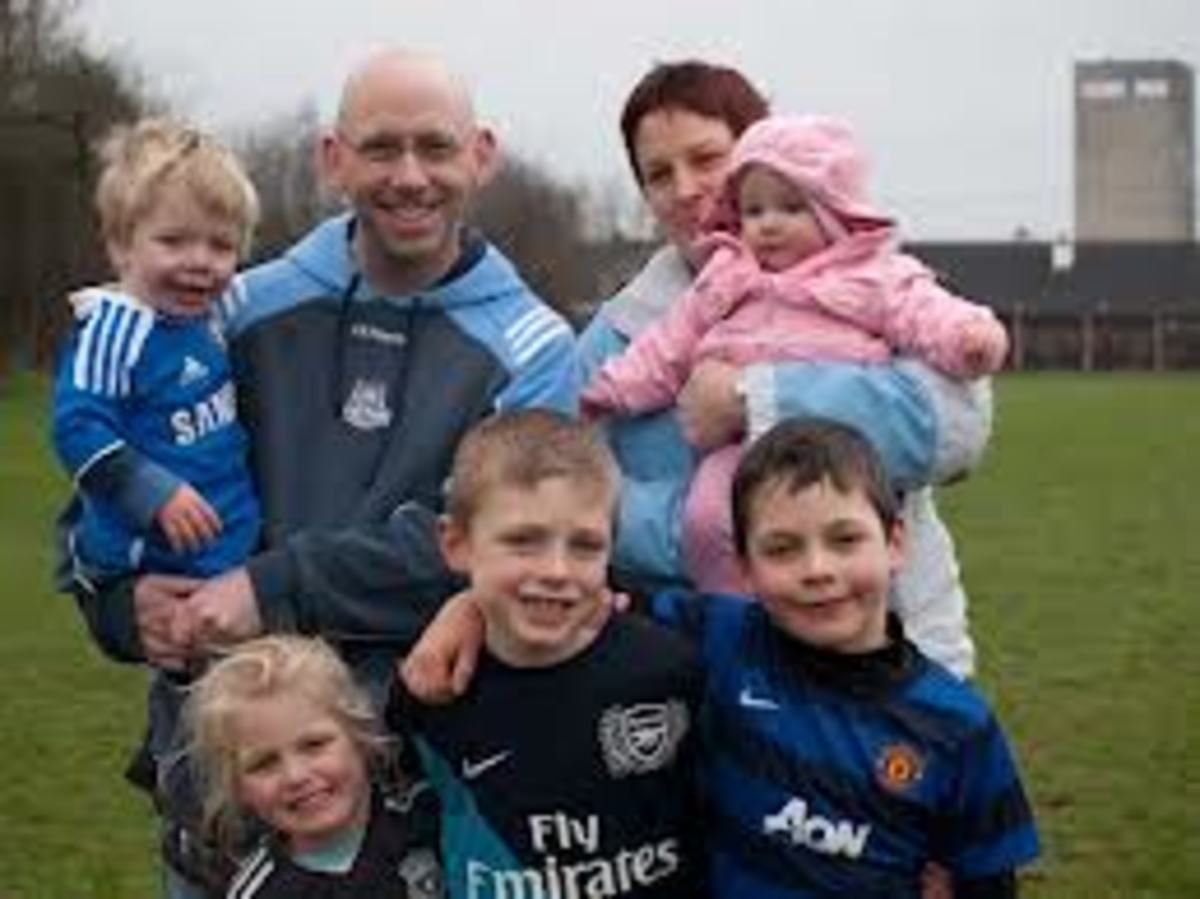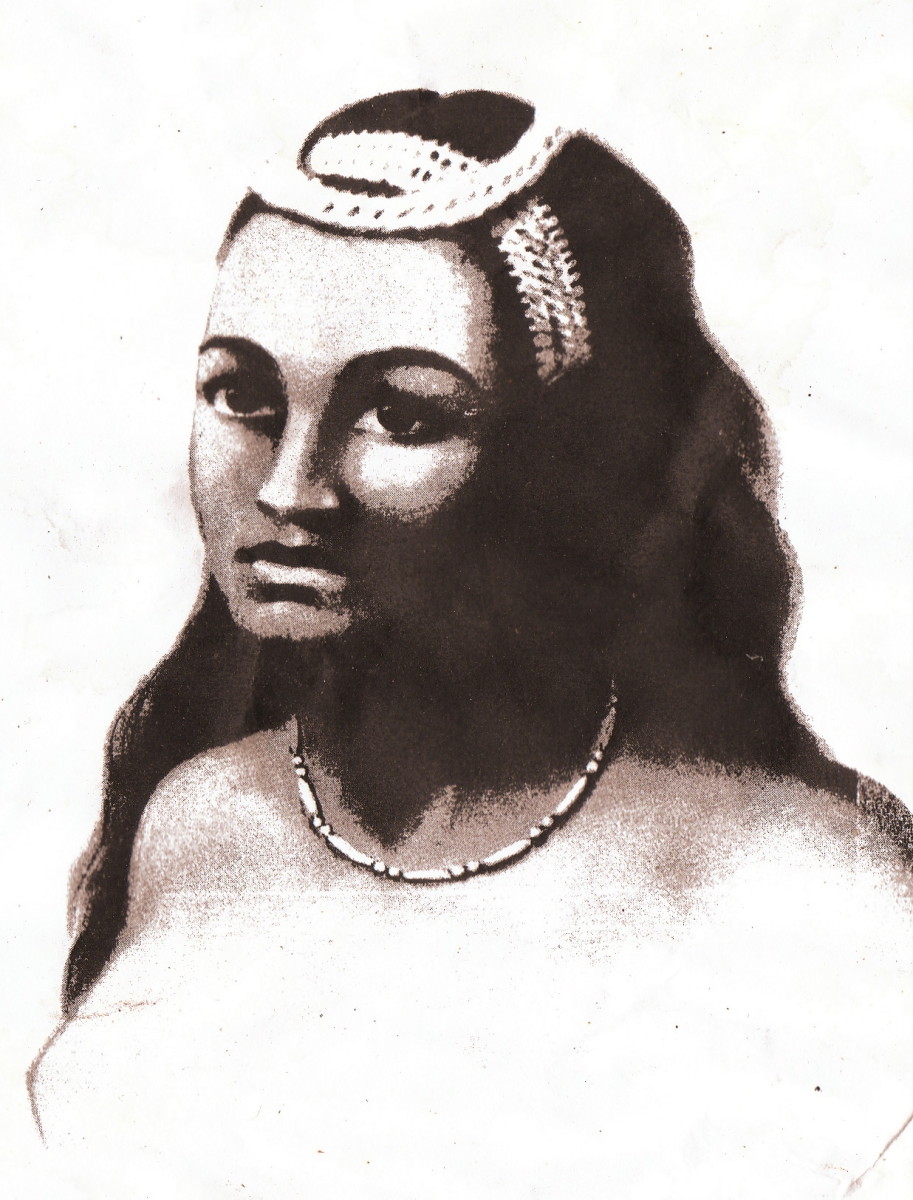Does Anyone Ever Ask, Was It a Woman or a Man? Part 1

When it comes to child abuse in our homes or child abuse within the Catholic church or within any religion-led assembly around the globe, does anyone ever ask whether the latest perpetrator brought to justice was a man or a woman?
When it comes to domestic violence, does anyone ask if it was the man or the woman who assaulted the other?
A person in a position of perceived power and authority extracting sexual compliance from one considered weaker or in need of a trade-off is a practice as old as our civilisation.
Once the outrage is exposed, does anyone ever ask whether the alleged abuse or assault had been perpetrated by a man or a woman?
When it comes to another mass shooting, a new act of terror or the report of a random act of violence in the streets, does anyone ever ask if the perpetrator was a man or a woman?
Ninety-eight percent man-made
When it comes to schoolyard violence or children's play that ended tragically, do we immediately ask, ‘Was it a boy or a girl?’ No? Why not when the female population is currently estimated at 49.6%?
We do not ask these questions because we all have intellectually intuited over the span of our life that emotional violence, physical violence and murder are more than 90% an enduring male pursuit.

Saints, we are not!
Oh, sure! Reprehensible behaviours of that sort have indeed been committed by women, too, but at least up to now, in numbers that are too low to generate a meaningful statistic.
Of course, as women of all ages thrive for equality beyond equal pay, equal representation and equal voice in ways that are more aggressive than in the past, it will not be surprising to see more girls and women overtly ‘empowering’ themselves with a masculinised attitude that comes with a weapon.
When women are convinced that ‘power’ means adopting more of the dysfunctional aspects of masculinity, sooner or later, it becomes essential to adopt more of these traits in a bid to up levels one’s credibility.
Crashing through the gates of the Brotherhood Club of Violence, accidental girl- killers and intentional women-shooters will materialise in our midst. If mental disorders and altered mental states happen to men, of course, they happen to women, as well. If a man can murder his female partner, so can a woman murder her partner.

However lazy or impaired thinking it is to personalise a struggle, instead of responding to the whole reactionary, bigoted system, acting out on one’s rage can be imagined as cathartic - and useful, too.
If a man can ram a van through a crowd, so can a woman, no matter how fresh-faced, if the crowd in question is made up of male alt-right ralliers and she identifies as a neo-Marxist, as is the growing trend among young women. Besides, women can become lone wolves for the same reason as men.
Seriously, don’t we already know that everything a man can do, a woman can do twice as well?
Demands shape our culture
Long ago, mind set on the greater good of all women, a few proto-feminists walked through the doors of their parliament, demanding the right to vote. Decades later, different cohorts of women sought, not rights as such, but various permissions from contemporary public opinion.
Some demanded the consent to smoke in public.
Others sought the permission to own credit cards, while others vied the permission to serve in the armed forces.
Some clamoured for the option to have an abortion while others wanted the option to remain unmarried, to have a child on their own, to show as much of their body as they wished.
If they were that way inclined, they sought societal approval to have casual sex, to drink as much alcohol as men, and so on.
However, no one recalls a bank teller, a bartender, a minister, a local politician, a doctor or an army general maimed or murdered within the context of ‘the fight for the freedom of women’ on these issues.
Why, were there any?

When spitting was the thing
Meandering back in time, by age thirteen, Annie Kenney was already a full-time worker at a mill somewhere in England. She eventually developed into one of the most famous English working class suffragettes.
While attending a meeting in London, in 1905, she and Christabel Pankhurst heckled a minister.
The police tried to evict them from the assembly.
The women refused to leave.
Tension escalated.
The two women who allegedly kicked and spat at one of the policemen were arrested. They were subsequently charged with assault, and imprisoned for several days.
Resentment is high
This incident, which introduced militant tactics, ushered in a new phase in the struggle for women's suffrage in the United Kingdom. Eventually, the number of women protesting reached the critical mass of influence around 20% and the rest is history.
Today many women are angry, still – more now than ever before, and the patriarchy is fretting.
Many women are resentful. Many have ‘issues’, and many take issues with the state of their lives and the state of the world.
Most of these women are fairly proficient at hiding their feelings – that is one of the byproducts of having been raised as ‘girl’ in our culture.
Kick that hornet's nest
That said, when our self-image is threatened, it is that much easier for us, women, to ‘find ourselves’ or to ‘express ourselves’ when we are not committed to a partner or children. It is easier, too, when parents and relatives are distant, as is more often the case these days – and when similar-minded friends are online personas.
It becomes incrementally easier again when society, forever more permissive, allows us more expressions of disengagement within the growing ranks of ‘women behaving badly’.
It all becomes even more comfortable for us when the media stir up any number of hornets’ nests, serving their own best interests above all others, making patsies out of many of us, men and women alike.

If we consider that the Age of Reason, the intellectual and philosophical movement that advanced such lofty ideals as liberty, fraternity and tolerance was enshrined in the 18th century, when did our ancestors, seemingly blinded by the double objectives of ‘progress’ and ‘personal’ prosperity begin making a severe wrong turn?
All that is clear is that it has been an excruciatingly long, centuries-long, marathon of inequalities driven by the cultural practice of separation which, itself, is driven by the antiquated reverence of physical strength and manly stature over that of a healthy brain and emotional resilience.
From all angles, there came a time when emotional coherence went by the wayside allowing myriad cognitive biases to settle in its place and seise our collective brain.

© 2017 Carole Claude Saint-Clair








